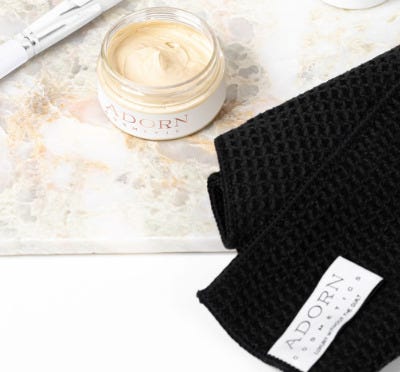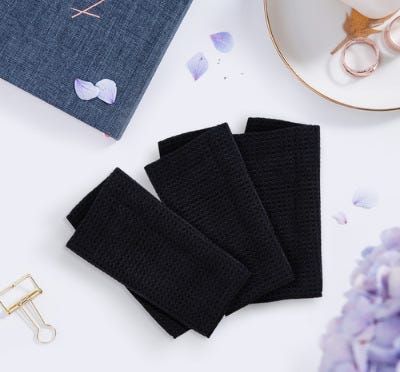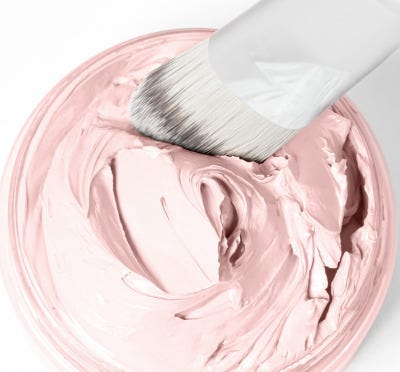Before we begin unpacking the difference between skincare that is Comedogenic vs non-Comedogenic skincare products, can we first ask, who are the bright-sparks that come up with these words? Is it a cluster of pharma-medi-brainiacs that sit in a room rolling with laughter about how they can play with the minds of innocents? I am convinced they were the sort of kids who loved hiding behind doors and jumping out and scaring people. Then as they became older and realised how lame that was, they decided to work in a job where they could come up with names to scare people - names we can barely pronounce.
But we digress.
It's not uncommon for Comedogenic skincare and makeup to be given a bad wrap, but simply put Comedogenic or non-Comedogenic products are neither good nor bad, it is more whether one or the other it is better suited to your skin type.
The Comedogenic scale is a rating given to skincare ingredients from 1-5 on how likely an ingredient will clog pores and possibly cause breakouts. Non-comedogenic ingredients are substances that do not clog pores and have a comedogenic rating of 2 or less. And just about any substance with a rating of 5 pretty much guarantees that a person who is prone to acne breakouts will have one.


Oily or acne-prone skin types
To help prevent blocked pores, acne and blackheads, oily and acne prone skin should consider
non-Comedogenic skincare and makeup products with a Comedogenic rating of 2 or less.
Comedogenic Ingredients you may want to avoid, include:
Isopropyl myristate and derivatives, such as:
o Isopropyl palmitate
o Isopropyl isostearate
o Butyl stearate
o Isostearyl neopentanoate
o Myristyl myristate
o Decyl oleate
o Octyl stearate
o Octyl palmitate
o Isocetyl stearate
Propylene glycol-2 (PPG-2) myristyl propionate
Lanolins, especially:
o Acetylated
o Ethoxylated lanolins
D&C red dyes
Non-Comedogenic natural oils suitable for oily or acne prone skin include (but not limited to):
Grapeseed oil
Sunflower oil
Neem oil
Sweet almond oil
Hempseed oil
Jojoba oil
Vitamin E
Shea Butter
Rosehip oil
Borage oil


Dry or dehydrated skin types
Just as importantly, those who suffer from dryer skin, or conditions such as rosacea and eczema, may want to opt for beauty products that are higher on the Comedogenic scale. More emollient oils are important for dry skin conditions to help lock in and retain the skin's moisture, just as if it was a cling film over the skin. (PSA under no circumstances should cling film be applied to or wrapped around one’s head. Just saying).
Comedogenic oils with a rating of 3+ help retain and lock in skin moisture
Coconut butter
Soyabean oil
Coconut oil
Wheatgerm oil
Linseed oil
Avocado oil
Testing 1,2,3
Everyone’s skin is different and as with any new beauty product, sampling is always best (wouldn’t it be great if there was a cosmetic and skincare company that offered samples….oh wait).
And if you are still unsure or a little bamboozled, consult with your dermatologist for recommendations on your specific skincare needs.



